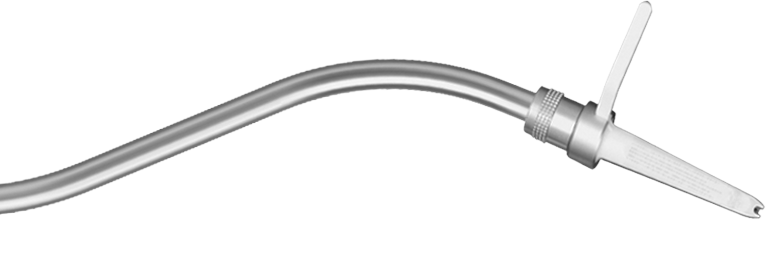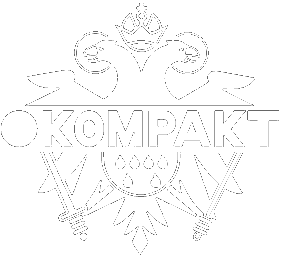
True Life/In Flames Christian Naujoks
After his self-titled debut of 2009, True Life/In Flames the second Album by Berlin based Christian Naujoks. Recorded by Tobias Levin at the Laiszhalle Philharmony Hamburg a dense concert atmosphere sets the tone. Stringent seriality is combined with that Romanticism of the minor key which one also finds in a certain corner (and a more popular one) of modern twentieth-century piano music; in the likes of Michael Nyman, Wim Mertens, Arvo Pärt, John Cage and György Kurtág. Deep contemplation and solemn expression paired with intellectual clarity. Each note has weight, and every sound a purpose. Unlike Naujoks' debut, True Life/In Flames completely relinquishes the use of any sort of electronically generated sound. Instead, there is a consistent stylization of what one might call 'organic sound'. The figure of the bedroom producer is relieved here by that of the composer and pianist. There's a piano, played by Naujoks; there's the marimba of Martin Krause; and then Naujoks' voice – once, twice. This album could be designated as a suite with various movements – it's bracketed by the conspicuous reprise of its most songlike piece, 'Moments I' and 'Moments II', as well as by the economy of the unchanging instrumentation and the black and white cover photograph by Dirk Stewen that references the recording location: the Laeiszhalle of the Hamburg Philharmonic. Piano and marimba stand there on an almost cave-like stage, surrounded by music stands, microphones and stacked Egon Eiermann SE 68 SU chairs. A company of genuine instruments. Again Christian Naujoks embrace the world of contemporarys music loving connaisseurs. True Life/In Flames is a gift for all thouse hunting the unique, the deep, the outstanding. All's quiet at the beginning, as it is at the end.
Nach seinem selbstbetitelten Debut aus dem Jahr 2009 ist True Life/In Flames das zweite Album von Christian Naujoks, aufgenommen im Kammermusiksaal der Laiszhalle Philharmonie Hamburg unter der Leitung von Tobias Levin. Eine konzentrierte Konzertatmosphäre bestimmt das Bild. Minimalismus und Serialität verbinden sich auf eine beflügelnd leichte Weise mit Moll-Romantik, wie man sie auch in einer bestimmten Ecke klavierbasierter Neuer Musik des 20. Jahrhunderts, bei Michael Nyman, Wim Mertens, Arvo Pärt oder György Kurtág, finden kann. Tiefe Kontemplation, Pathosschwere des Ausdrucks gepaart mit intellektueller Klarheit. Jede Note hat Gewicht, jeder Klang eine Bestimmung.
True Life/In Flames verzichtet anders als Naujoks Erstling konsequent auf jeden Einsatz elektronischer Klangerzeugung. Stattdessen steht hier die konsequente Stilisierung dessen, was man „organischen Klang“ nennen könnte. Analog dazu wird die Figur des Bedroom-Producers von der des Komponisten und Pianisten abgelöst. Es gibt ein Klavier, gespielt von Naujoks; es gibt die Marimba von Martin Krause; und dazu: Naujoks’ Stimme – einmal, zweimal. Man könnte dieses Album als Suite mit verschiedenen Sätzen bezeichnen – geklammert ebenso von der auffälligen Reprise seiner beiden songhaftesten Stücke, „Moments I“ und „Moments II“, wie auch von der sparsam-gleichbleibenden Instrumentierung und dem Verweis auf den Ort der Aufnahme in einer Schwarz-Weiß-Fotografie auf dem Cover: die Laeiszhalle der Philharmonie Hamburg. Auf der fast höhlenartigen Bühne stehen Klavier und Marimba, umgeben von Notenständern, Mikrofonen und gestapelten SE 68 SU-Stühlen von Egon Eiermann. Echte Instrumente unter sich.
Nachdem Christian Naujoks bereits mit seiner Dial CD 13 in den Feuilletons und auf dem Bühnenparkett von Berghain bis Hebbel Am Ufer für Glanz und Furore sorgte, gelingt ihm mit True Life/In Flames erneut das Besondere. Er schenkt Welt der Musik einmal mehr einen Weg in die Tiefe, eine Musik von erhabener Farbigkeit.
True Life/In Flames verzichtet anders als Naujoks Erstling konsequent auf jeden Einsatz elektronischer Klangerzeugung. Stattdessen steht hier die konsequente Stilisierung dessen, was man „organischen Klang“ nennen könnte. Analog dazu wird die Figur des Bedroom-Producers von der des Komponisten und Pianisten abgelöst. Es gibt ein Klavier, gespielt von Naujoks; es gibt die Marimba von Martin Krause; und dazu: Naujoks’ Stimme – einmal, zweimal. Man könnte dieses Album als Suite mit verschiedenen Sätzen bezeichnen – geklammert ebenso von der auffälligen Reprise seiner beiden songhaftesten Stücke, „Moments I“ und „Moments II“, wie auch von der sparsam-gleichbleibenden Instrumentierung und dem Verweis auf den Ort der Aufnahme in einer Schwarz-Weiß-Fotografie auf dem Cover: die Laeiszhalle der Philharmonie Hamburg. Auf der fast höhlenartigen Bühne stehen Klavier und Marimba, umgeben von Notenständern, Mikrofonen und gestapelten SE 68 SU-Stühlen von Egon Eiermann. Echte Instrumente unter sich.
Nachdem Christian Naujoks bereits mit seiner Dial CD 13 in den Feuilletons und auf dem Bühnenparkett von Berghain bis Hebbel Am Ufer für Glanz und Furore sorgte, gelingt ihm mit True Life/In Flames erneut das Besondere. Er schenkt Welt der Musik einmal mehr einen Weg in die Tiefe, eine Musik von erhabener Farbigkeit.
Product Safety Information | Sicherheits- und Herstellerinformationen
Responsible for product safety | Verantwortlich für die Produktsicherheit:
Kompakt
Mayer Paape Voigt GbR
Werderstrasse 15-19
50672 Cologne
Germany
+49 221 94 995 110
info@kompakt.fm
kompakt.fm
Kompakt Newsletter
Stay in the loop and subscribe to our webshop newsletter
© 2025 Kompakt
Contact
Privacy
Imprint
Terms & Conditions
Shipping
Pick-Up / Abholung
Downloads
Cookies



